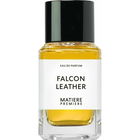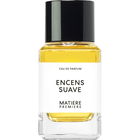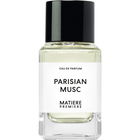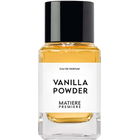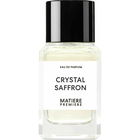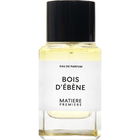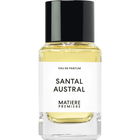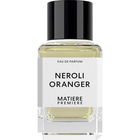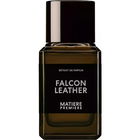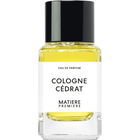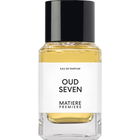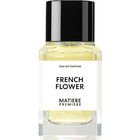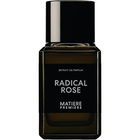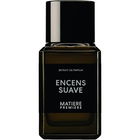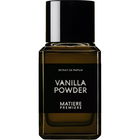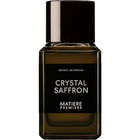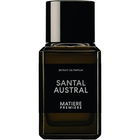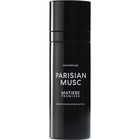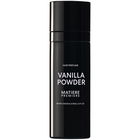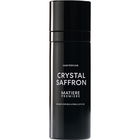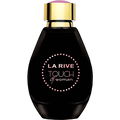
Sonjoschka
267 Reviews
Translated · Show original

Sonjoschka
Helpful Review
Sentence with X...
No, that wasn't it.
Today I discovered it at Galeria. Sprayed it on, found it acceptable, and packed it up. The bottle is quite pretty with its shimmering gradient.
I had already paid for it and with a 20% discount I thought "you can't go wrong." Then I let my husband smell it on my hand half an hour later and he said "It smells like mothballs, I don't like it." Okay, I didn't smell that, but it was already quite artificial after 20 minutes.
I then took it back.
The scent has a lot of Alien in it. But here I don't smell jasmine or amber, which works with Alien. It's more of a static overall construct of typical Alien scent. I smelled it on my hand several times and always found it somehow piercing and quite artificial.
I've encountered something similar with The Police - The Sinner. That's supposed to smell like Alien too.
No, I don't like it. The sillage is weak and the longevity is about five hours.
I don't want to say anything, but while I'm writing this comment my husband says "Something here smells damn sexy!" I hold out the Mysteria hand to him and he says "Yes, that."
Oh dear, dilemma.
"But you can't smell unpleasant for three hours until the pleasant note develops."
He's right.
I quickly applied the original Alien and he liked it from the start. So no Mysteria in my collection, but always happy to have Alien. Now I can't smell the Mysteria on my hand anymore. It gets lost in the Alien aroma.
Today I discovered it at Galeria. Sprayed it on, found it acceptable, and packed it up. The bottle is quite pretty with its shimmering gradient.
I had already paid for it and with a 20% discount I thought "you can't go wrong." Then I let my husband smell it on my hand half an hour later and he said "It smells like mothballs, I don't like it." Okay, I didn't smell that, but it was already quite artificial after 20 minutes.
I then took it back.
The scent has a lot of Alien in it. But here I don't smell jasmine or amber, which works with Alien. It's more of a static overall construct of typical Alien scent. I smelled it on my hand several times and always found it somehow piercing and quite artificial.
I've encountered something similar with The Police - The Sinner. That's supposed to smell like Alien too.
No, I don't like it. The sillage is weak and the longevity is about five hours.
I don't want to say anything, but while I'm writing this comment my husband says "Something here smells damn sexy!" I hold out the Mysteria hand to him and he says "Yes, that."
Oh dear, dilemma.
"But you can't smell unpleasant for three hours until the pleasant note develops."
He's right.
I quickly applied the original Alien and he liked it from the start. So no Mysteria in my collection, but always happy to have Alien. Now I can't smell the Mysteria on my hand anymore. It gets lost in the Alien aroma.

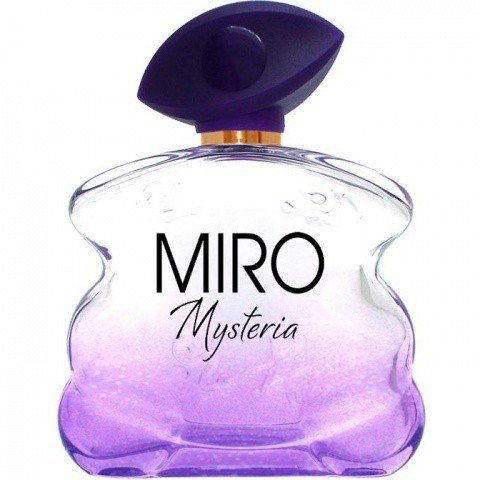


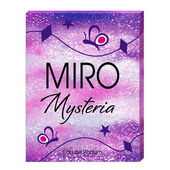
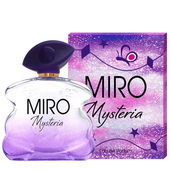
 Top Notes
Top Notes  Jasmine sambac
Jasmine sambac Heart Notes
Heart Notes  Cashmeran
Cashmeran Base Notes
Base Notes  White musk
White musk Kinetic Thumbtack
Kinetic Thumbtack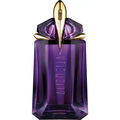
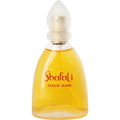


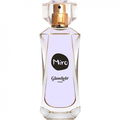
 Kizo
Kizo AnnDee
AnnDee Perfumy
Perfumy Sinioerkel
Sinioerkel